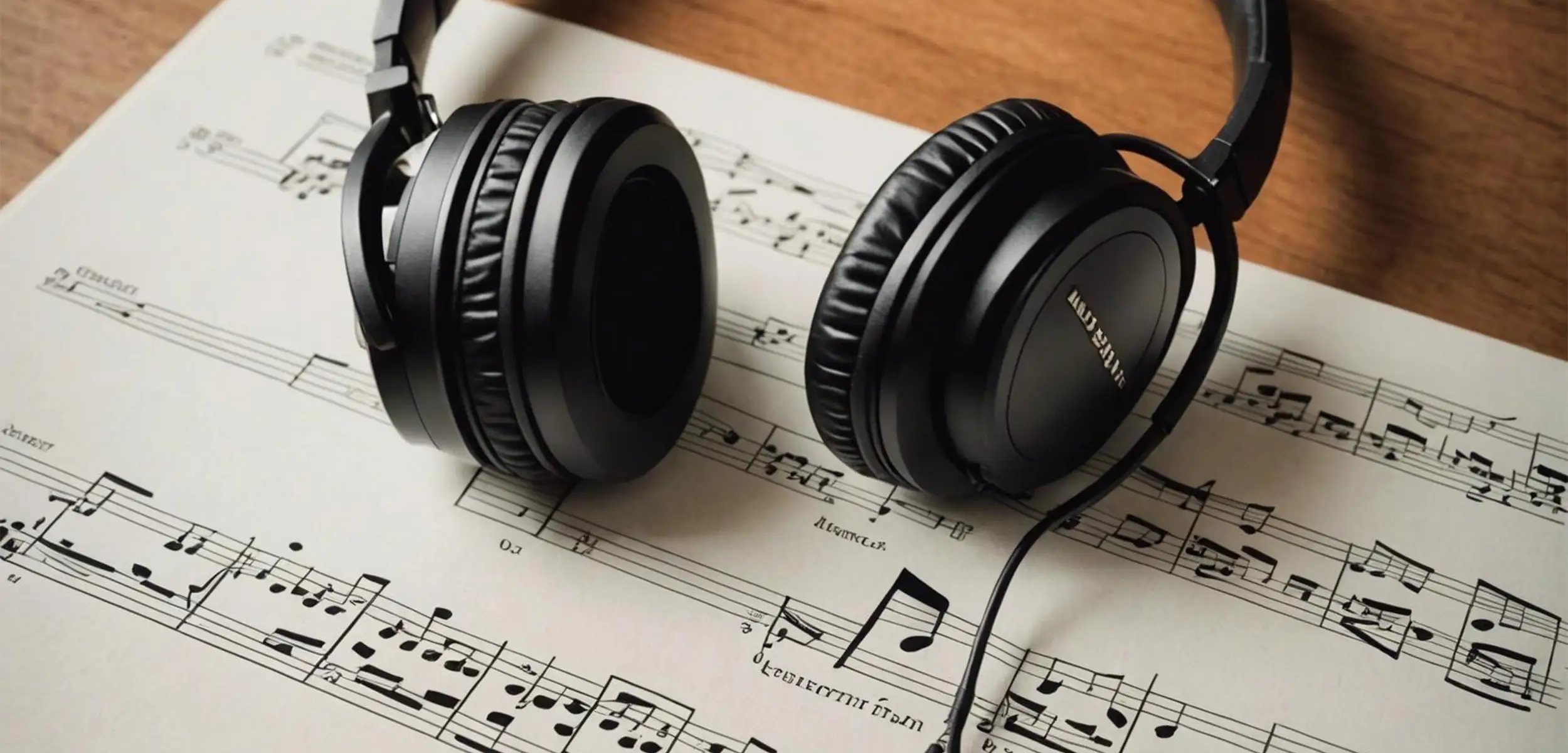In this article:
Inspiration and creativity are vital for producing exceptional music.
This article outlines ten actionable steps to enhance musical inspiration and productivity.
Musicians seeking to elevate their craft will find practical strategies to foster creativity and improve their music-making process.
Key Takeaways
- Create a dedicated workspace.
- Set clear and achievable goals.
- Listen to a variety of music genres.
- Collaborate with other musicians.
- Take regular breaks and rest.
- Experiment with new musical instruments.
- Study music theory to enhance understanding.
- Utilize technology and music software.
- Keep a music journal to document ideas.
- Perform live to gain experience and feedback.
10 Steps to Increase Inspiration and Produce Better Music
Step 1: Create a Dedicated Workspace
A dedicated workspace can significantly boost a musician’s creativity and productivity. This area should be free of distractions and equipped with the necessary tools and equipment.
Personalizing the space with inspirational items can also help keep the creative energy flowing. It may include soundproofing to avoid outside noise, comfortable seating, and proper lighting. This creates a conducive environment for focused music production.
Step 2: Set Clear Goals
Setting clear, achievable goals is crucial for progress in music production. These goals might include learning a new technique, completing a song, or mastering an instrument.
By breaking down larger goals into smaller, manageable tasks, musicians can track their progress and stay motivated. Writing down these goals and keeping them visible in the workspace can serve as a constant reminder to stay on track.
Step 3: Listen to a Variety of Music
Listening to different music genres can open up new creative avenues. Every genre has unique elements that can inspire new ideas and techniques.
By exploring a diverse range of styles, musicians can incorporate these varied influences into their own work, resulting in a richer, more versatile sound. This practice not only broadens musical horizons but also helps avoid creative ruts.
Step 4: Collaborate with Other Musicians
Collaboration brings fresh perspectives and ideas to the table. Working with other musicians can introduce new techniques and concepts that might not be discovered alone.
Collaborative projects often lead to innovative outcomes, as each participant brings their unique strengths to the endeavor. Whether it’s co-writing a song or performing together, collaboration can lead to valuable learning experiences and creative breakthroughs.
Step 5: Take Breaks and Rest
Regular breaks are necessary to avoid burnout and maintain a high level of creativity. Short breaks during practice sessions can help the mind stay fresh and focused.
It’s also important to get adequate rest at night to ensure that the brain can process and consolidate new information. Taking time away from music occasionally can also provide new inspirations and a fresh perspective upon return.
Step 6: Experiment with New Instruments
Trying out new instruments can spark creativity and lead to the discovery of new sounds. Each instrument has its own unique voice and can inspire different musical ideas.
This experiment can also improve a musician’s versatility and understanding of different musical elements. Even if the new instrument isn’t mastered, the process of exploration can significantly bolster creative output.
Step 7: Study Music Theory
Understanding music theory can enhance a musician’s ability to create more complex and interesting compositions. Music theory provides the tools needed to experiment with different structures and harmonies.
Knowledge of scales, chords, and arrangement techniques helps in creating more cohesive and innovative pieces. Regularly studying and applying music theory can sharpen a musician’s skill set and open up new creative possibilities.
Step 8: Use Technology and Software
Modern technology and music software offer endless possibilities for creativity. Digital Audio Workstations (DAWs), virtual instruments, and other music production tools can streamline the creative process.
Learning to use these tools effectively can significantly enhance the quality of music production. They also offer the advantage of experimenting with sounds and styles that might not be easily accessible through traditional means.
Step 9: Keep a Music Journal
Documenting ideas in a music journal can help capture inspiration as it strikes. This practice allows musicians to record melodies, lyrics, and other creative thoughts that might otherwise be forgotten.
A journal can also track progress and reflect on past ideas for future innovation. Consistently keeping a music journal ensures that no idea, no matter how small, goes unnoticed and unexploited.
Step 10: Perform Live
Live performances provide valuable experience and immediate feedback. Playing in front of an audience can improve performance skills and build confidence.
The interaction with listeners can also offer new insights and inspiration for future projects. Performing live is a crucial step in connecting with a broader audience and testing the impact of one’s music in real-time scenarios.
Conclusion
By implementing these ten steps, musicians can significantly boost their inspiration and enhance their music production.
These practical strategies foster creativity, improve skills, and provide new avenues for musical exploration, ultimately leading to the creation of better and more impactful music.
Frequently Asked Questions
What are the benefits of creating a dedicated workspace?
A dedicated workspace minimizes distractions, boosts creativity, and enhances productivity. It provides a consistent environment conducive to focused music production.
How can setting clear goals improve my music production?
Clear goals provide direction and motivation. They help break down complex tasks into manageable steps, making it easier to track progress and stay focused.
Why is it important to listen to different music genres?
Listening to various genres broadens musical horizons and introduces new ideas. It helps avoid creative ruts and inspires innovative approaches to music-making.
What advantages do collaborations offer?
Collaborations introduce fresh perspectives, techniques, and ideas. They foster learning and can lead to unique, innovative musical outcomes.
How do regular breaks impact creativity?
Regular breaks prevent burnout and keep the mind fresh. They allow for mental recovery, ensuring sustained creativity and focus.
Why should I experiment with new instruments?
Experimenting with new instruments sparks creativity and provides fresh musical inspiration. It enhances versatility and understanding of different sounds.
How does studying music theory benefit my compositions?
Music theory deepens the understanding of musical structure, enabling more complex and cohesive compositions. It provides tools for creative experimentation.
What role does technology play in music production?
Technology offers endless creative possibilities. Music software and digital tools streamline production processes and facilitate sound experimentation.
How can keeping a music journal help?
A music journal captures spontaneous ideas and tracks progress. It ensures that no creative thought is overlooked and aids in future innovation.
Why is performing live important?
Live performances provide real-time feedback and build confidence. They improve performance skills and inspire new ideas through audience interaction.
Read other articles
 June 23, 2025
June 23, 2025Feeling vs Technique in Music Production
Feeling vs Technique in Music Production
 June 4, 2025
June 4, 2025The Rise of the Middle Eastern Sound and its Impact on EDM
The Rise of the Middle Eastern Sound and its Impact on EDM
 April 4, 2025
April 4, 2025Stop Letting AI Master Your Tracks (Here’s What You’re Missing)
Stop Letting AI Master Your Tracks (Here’s What You’re Missing)

